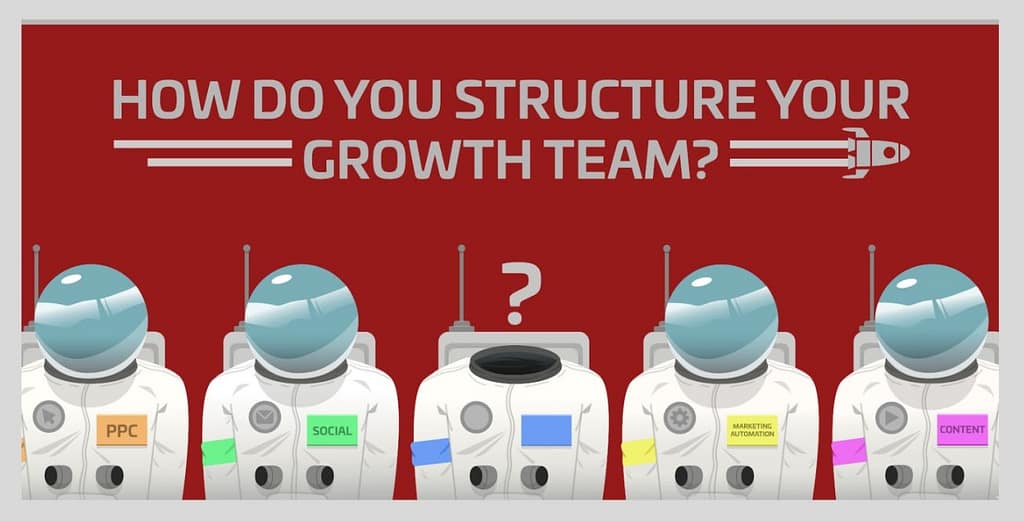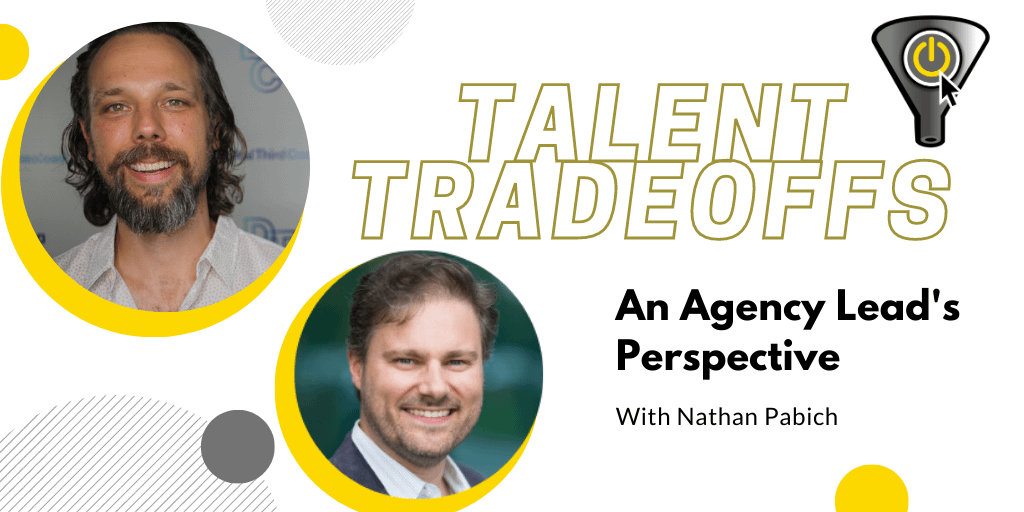This is part of a series on how to structure a growth team, in particular the marketing resources that generate sales leads. Every resourcing model along the in-house to outsourced spectrum was covered in the four-part series, with each guest giving their take from their respective position as an internal or external resource. Their views are here in these episodes.
This episode talks with Ryan Paul Gibson, the head of Content Lift in Ottawa, Canada. He’s also a producer of short films and documentaries, and previously worked as a reporter for CBC Ottawa.
Ryan’s key points:
- How much a fractional marketer can be accountable for meeting objectives and target numbers, as long as they are involved in setting the inputs behind the programs that make those outcomes happen.
- How technologies like SaaS tools have evolved the marketing function to being more receptive to outsourced marketers.
- The fact that connecting/disconnecting with a consultant is relatively easy, compared to in-house staff
- The analogy he uses to capture both parties, likening your company to a large ship and h’s the little tugboat that ensure the large ship stays on the right trajectory.
- The stages of growth when it makes sense for a company to bring on fractional resources. Also how the CMO-level consultant can draw up the playbook, execute on some of it AND train junior staff to continue executing on it after they’re done.
A 2019 HR study found that:
- The average tenure of full-time employees, who make up 2/3rds of the workforce, has declined from 4 years to 3.
- The average tenure of Outsourced contractors, who make up 1/3rd of the workforce, is 2 years and rising.
Episode Reboot
Other points by Ryan of the Future of Fractional Resources





